Pet Pig Requirements: If You Are Feeling Lost, Please Read This
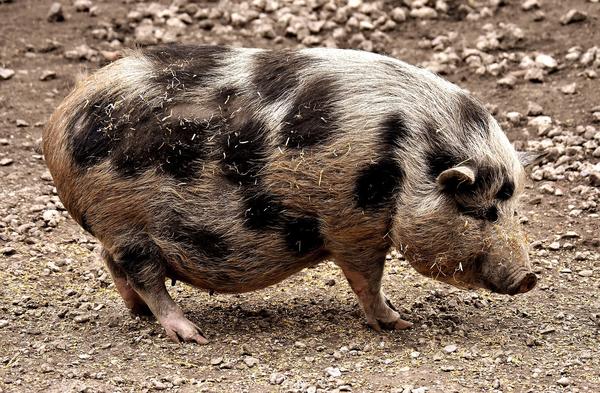
Prepare for a reality check.
Let's talk about pet pigs and all the things that could go wrong. 😬
From uncontrolled messes to overwhelming care, you're worried about being able to handle it all.
But fear not, my friend!
Today's guide will give you the scoop on pet pig requirements and how to handle them like a pro.
Time to dig in!
Preparing for Pig Ownership
Thinking about getting a pig?
Here are some important things to think about before diving in:
- Do your homework and look into different pig breeds. Not all pigs are the same, so find one that fits your lifestyle.
- Bear in mind the legal responsibilities that come with owning pigs. There are rules and regulations you need to follow, whether you're keeping them as pets or on a farm.
- Take biosecurity seriously when it comes to housing your pigs at home. You need to ensure they can't spread diseases and find a vet who knows what they're doing with mini pigs.
- Training, bonding, and socialization are important for your pet pig. Build their trust, establish a routine, and give them plenty of interaction. 😊
- Remember, having a pig is a long-term commitment. You'll have to make adjustments to your living situation and be careful about how you feed other pets. And traveling? Yeah, that gets a bit trickier without a reliable pig sitter.
Having these aspects in mind and following the required measures will lead to a highly enjoyable pig ownership.
Main points I'll expand upon further down this article:
- Follow feeding restrictions and provide regulated pig food from suitable premises.
- Keep records of any veterinary medicines given to pet pigs.
- Feeding pigs with surplus food from households or catering facilities is illegal.
- Use identification details, such as ear tags, tattoos, or slap marks, to ensure the safety and proper management of your pig.
- Mark the pig's identification information before moving it from its current location.
- Carry a walking license with you when walking your pet pig and renew it annually.
- Register as a pig keeper with the Animal and Plant Health Agency (APHA) to obtain a herd mark.
- Follow traceability and welfare rules similar to those for pig farmers.
- Maintain a holding register recording all pig movements and update information regularly.
- Disposing of deceased pigs at an approved facility is mandatory, as burial is illegal.
Now that you're excited about owning a pig, let me tell you what you need to know about their nutrition!
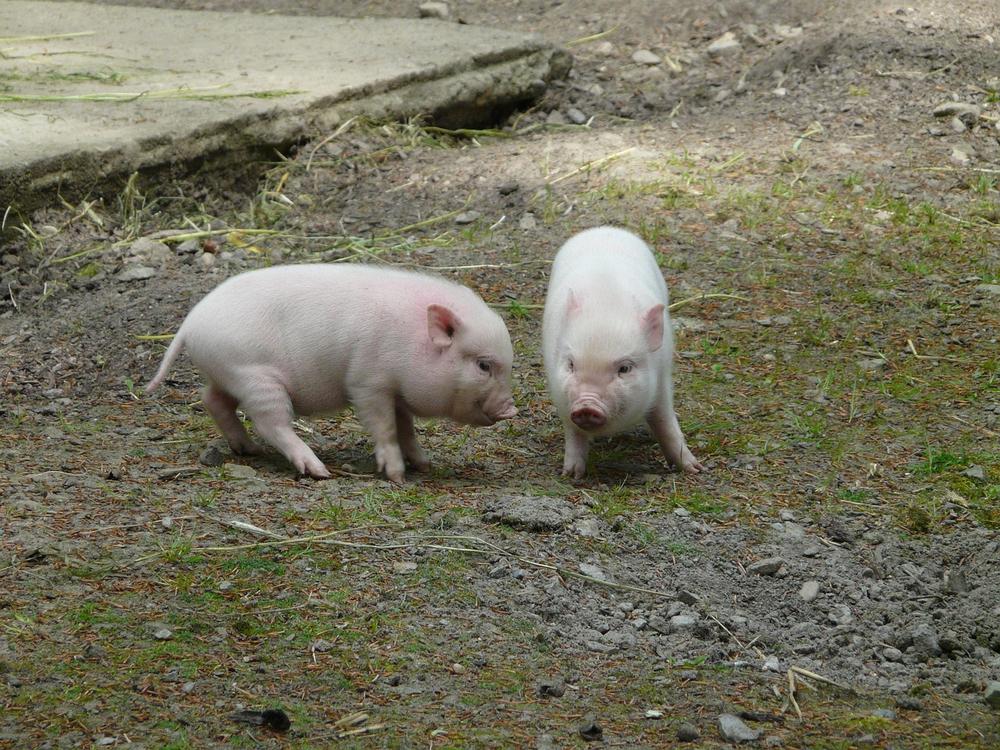
Trust me, you wouldn't believe some of the restrictions on feeding pigs...
Nurturing the Nutritional Needs of Your Pigs
Here's what you need to know to make sure your pigs get the right nutrition:
- Talk to a vet about what your specific breed and age of pig need in their diet.
- Don't give them leftovers or any animal-based stuff - it's not good for them.
- Get regulated pig food from a trustworthy source.
- Write down any meds the pigs get from the vet.
- It's actually against the law to feed them extra food from your kitchen or catering places.
- Just like with toddlers, pigs respond well to rewards and punishments.
- Be ready for some piggy noises during mealtime.
So remember that each pig is different and needs their own special food plan approved by a vet. 🐷
By doing this, we're being responsible owners and making sure our piggies don't eat stuff that could hurt them.
Stick to good-quality pig food from reliable places, and keep track of any meds they get.
And always remember:
It's not legal to share your food with them!
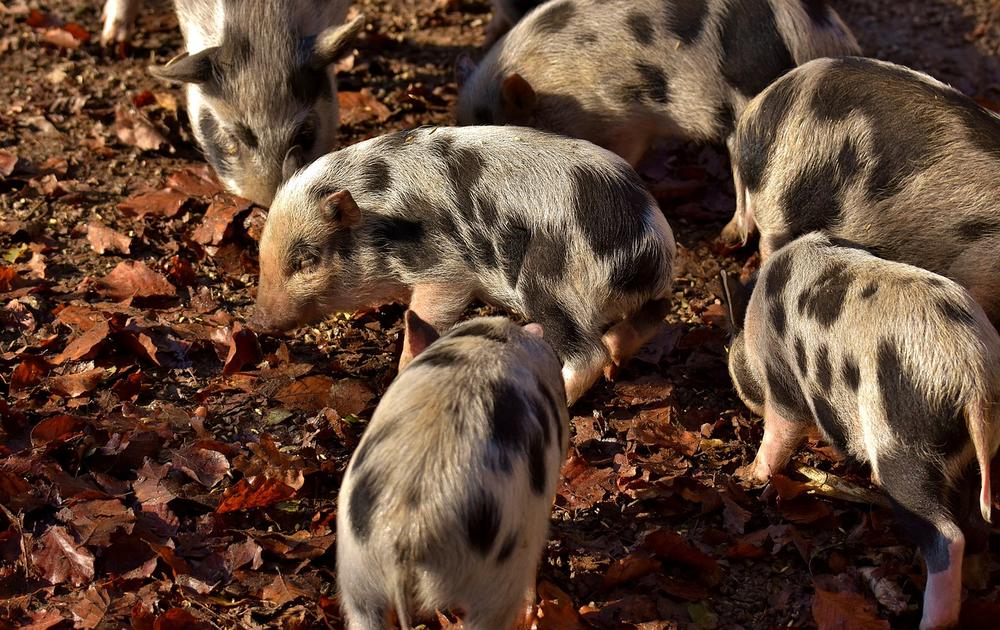
Let's give our pigs the best diet possible and take care of them right.
And when it comes to taking care of your pigs, I know you must be curious about the most common breeds of pet pigs.
That's why I've written a helpful guide on the topic.
So, if you're interested in learning more about the different breeds that could become a part of your family, check out my article on Most Common Breeds of Pet Pigs.
It's packed with valuable information that'll help you make an informed decision.
Ensuring Proper Identification for Your Pig
Use visible, durable identification methods for your pig
You should always ensure your pig has clear and long-lasting identification.
This is really important in case your pig decides to go on an adventure and wander away.
You don't want to waste time searching for a pig with no identifiable markings, right?
Let's talk about different ways you can mark your pig.
One option that works well is using ear tags.
They're easy to see and they last a long time, making them a great choice for identification.
Another method is using slap marks.
These leave a permanent mark on your pig's skin.
Mark your pig's details before moving
Here's a helpful tip for you.
Before you decide to move your pig from where it currently is, make sure you mark its ear tag, tattoo, or slap mark with all the necessary identification details.
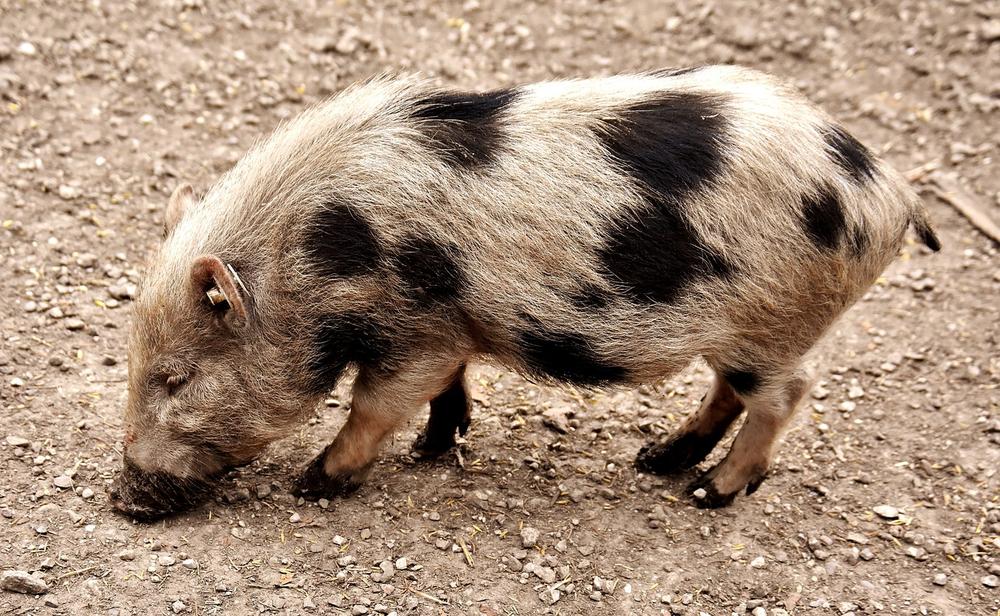
Trust me, doing this will save you a lot of trouble later on.
This step becomes even more crucial if you're taking your pig away from your home or property.
You want peace of mind knowing that if your pig happens to wander off, someone will be able to identify where it belongs.
Mandatory identification requirements
If your pig is older than one year, it's absolutely necessary to use an ear tag, tattoo, or slap mark with the Defra-allocated herd mark.
This way, if someone finds your pig, they'll immediately know where it came from and who it belongs to.
However, for pigs under 12 months old, temporary marks can also be used.
These marks provide a temporary solution until the pig reaches one year old, at which point they must have proper identification.
By following these simple steps and making sure your pig has proper identification, both you and your pig can relax knowing that everything is organized. Now go ahead and enjoy spending time with your pig!
But what about taking your pig for walks?
I'm sure you're curious to know the regulations and licenses required!
Let me fill you in:
Get a Licence to Walk a Pet Pig
Before you take your pet pig for a walk, make sure you're familiar with the local regulations and requirements. You have to obtain the necessary license and carry it with you whenever you venture outside your property with your piggy companion.
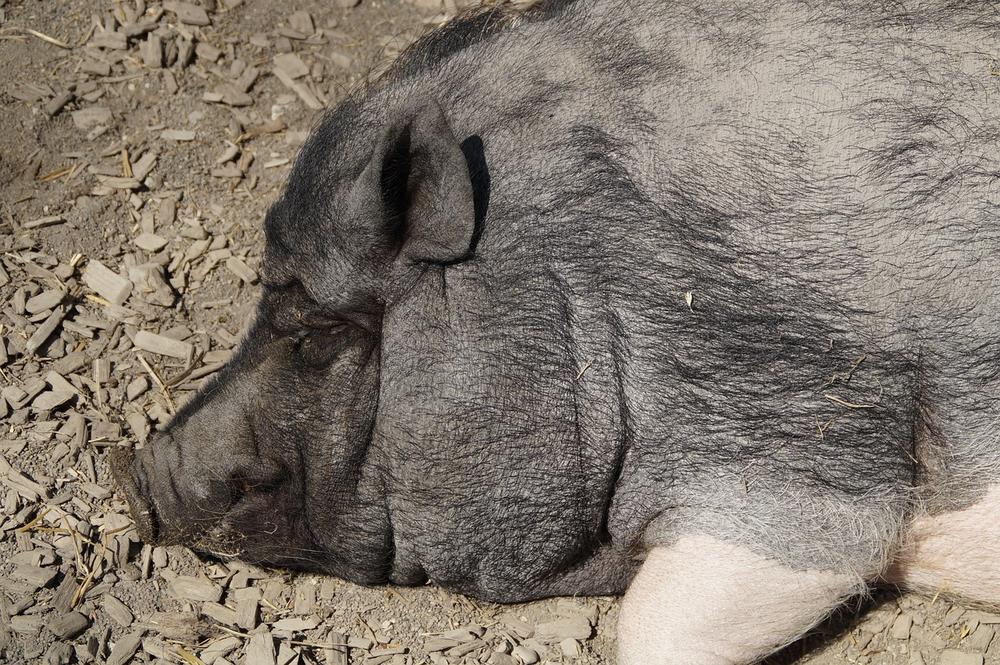
Don't forget to renew your license each year to stay compliant with the rules. These laws, along with various regulations and acts, exist to govern pet pig ownership and ensure the safety and accountability of all those who decide to welcome these adorable creatures into their lives.
Recommended Pig Enthusiast Articles:
- Can pigs and cats live together harmoniously as pets? 👉 Do Pigs Get Along With Cats
- Learn if pigs can see the sky in our article 👉 Can Pigs Look Up
The Importance of Registering as a Responsible Pig Owner
To be a responsible pig owner, you need to register your pigs.
Here's how you can do it:
- Fill out the necessary forms to get a herd mark from APHA.
- Follow traceability rules just like the pig farmers do. Always know where your pig is.
- Let RPA know if there are any changes in your details or if you decide to stop keeping pigs.
- Tell APHA about any pig movements for disease prevention. Keep good records of these movements.
- Use the eAML2 system to report pig movements. Except for walks that your license allows.
- Keep a holding register. Write down pig movements and important details every year.
- Remember that pig movements require a CPH number and a movement license. Afterward, there are standstill rules.
- Don't put personal or financial information in reports or forms.
- Update your information regularly, report movements, and manage your inventory once a year.
Make sure to perform these actions in order to properly look after your pig and guarantee adherence to all regulations.
And it gets worse...
When one of your pigs passes away, not only do you need to navigate the emotional impact on your remaining pigs, but there are also specific guidelines for the safe disposal of the deceased pig.
Burial is illegal, so what should you do?
Let's explore the necessary steps for proper pig disposal...
Supporting Your Pigs Through Grief and Loss
Losing a pig is tough, especially when you have other pigs to support through the grief and loss. Here's how you can help them:
- Stick to their routine: Pigs love routine, so try to keep their daily schedule as consistent as possible. It'll give them a much-needed sense of stability.
- Show them extra love and affection: The surviving pigs might feel lonely without their buddy, so shower them with plenty of attention and affection. Spend more time petting, playing, and bonding with them.
- Introduce a new pal slowly: Don't rush into getting a new pig right away. Wait for a while before introducing a new member to the group. This will allow your other pigs to grieve and adjust to the loss.
- Keep an eye on their appetite and behavior: Grief often affects eating habits and behavior. Watch out for any significant changes in their appetite or actions. If you spot anything concerning, consult your veterinarian.
- Create a special place to remember: Consider setting up a dedicated area where you can honor and remember your departed pig. It could be a small memorial, a framed photo, or even a garden filled with memories.
Supporting your pigs through grief and loss requires time and patience.
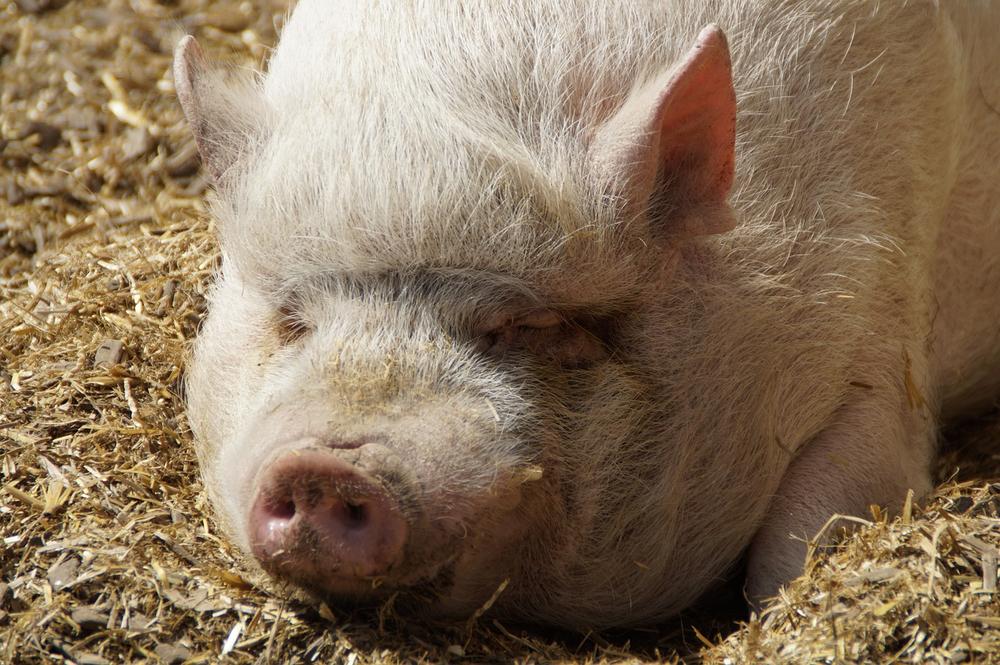
Give them the love and care they need to heal.
And that's all for today folks.
If you wish to read more of my useful articles, I recommend you check out some of these: Comprehensive Manual on Berkshire Pigs, Do Pet Pigs Cause Damage, Do Pigs Like to Swim, Do Pigs and Cats Get Along, and Can Pigs Recognize Themselves in a Mirror
Until next time,
-Chris Campbell